All Posts
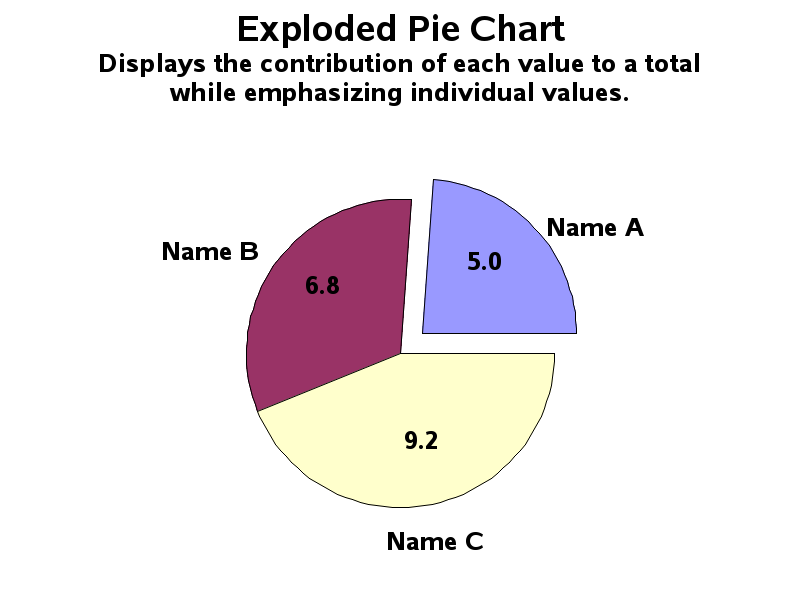
Do you use SAS for analytics and Microsoft Excel for graphs? Why not use SAS for your graphs too?!? Then you could completely automate the entire process in one SAS program, with no manual steps! A lot of people use Excel to create their graphs because "it's what they know." What if somebody

This Post-It Note reminds me of a presentation at SAS Global Forum 2012 about automating reports. Of course, these Post-It Notes always remind me of presentations. This week, instead of pointing you to a bunch of past presentations, I'm going to challenge you to use this note as an idea

Unbelievable: It's already August. When I was a child, my mother used to talk about how time flies when you become an adult, and that I shouldn't wish my life away by always wanting to be older than my years or longing for something that was just beyond my maturity
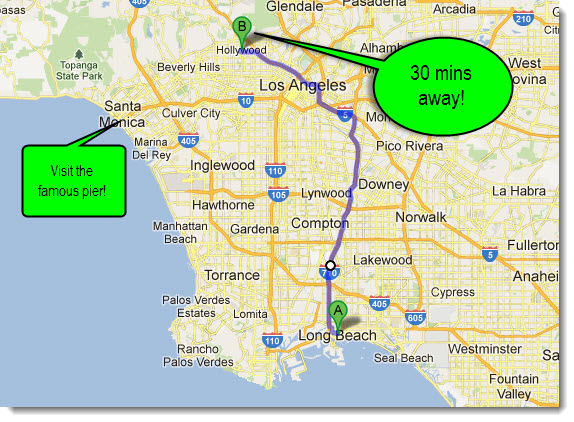
Okay - not exactly Hollywood – but it’s only 30 minutes away – so you could visit during the evening or stay the weekend after the conference to do some star-sightings. Long Beach is outside of Los Angeles and close to Hollywood! It’s not too late to sign up for the WUSS (Western
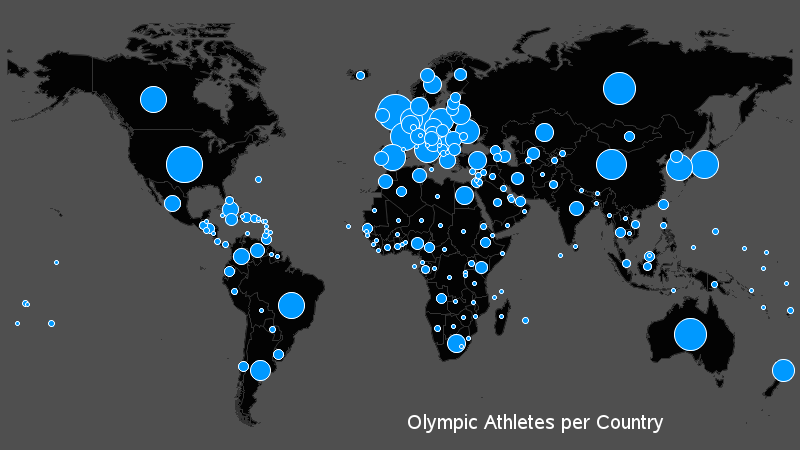
Everyone in the world has their attention turned towards the Olympics this week, so what better topic to tie in to a SAS/GRAPH blog than that?!?! I had seen a graph on the guardian website that I thought was interesting, so I decided to try to create my own (slightly different)

In this Innovation Inspiration, a SAS user has developed the insurance rating plans for a country using predictive modeling. How exciting! Additionally, the system adjusts based upon actual experience. This is quite the accomplishment given the complexity of the ratemaking for even a small geographical territory. The comments section reveal the identity of this innovator. Check it out.
In the Clinical Research domain, there is often the need to display lab values by treatment or test and it is often useful to view this data along with reference lines showing the normal ranges. The obvious way is to use reference lines to denote the normal ranges. SGPLOT Code: proc sgplot data=band; scatter x=x y=y

My sleep patterns are erratic (and somewhat torturous) – they range from sleeping solidly for eight hours a clip to me wandering aimlessly about the house at 3am. Unfortunately, the latter was the reality during the wee hours of Friday, July 20; I was up watching ESPN (my typical late
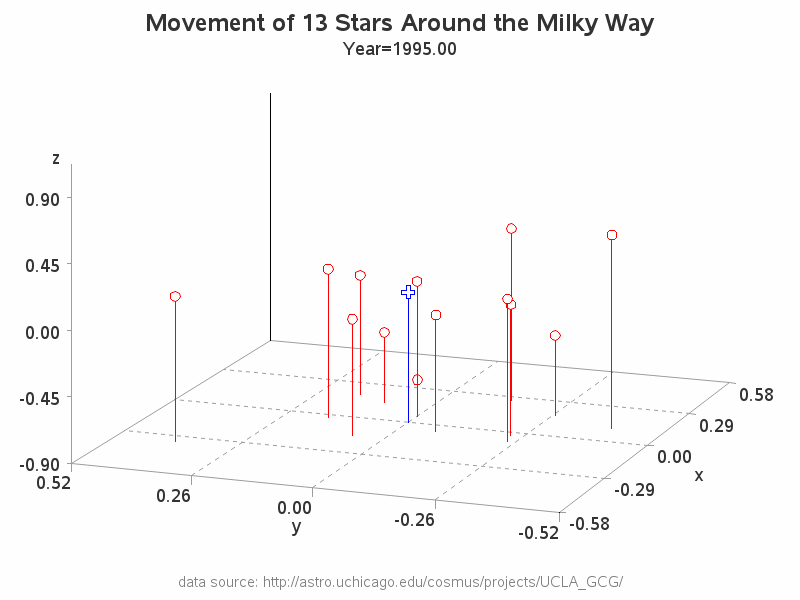
Hopefully you know that a gif animation can be used for more than just showing a cartoon animal doing cute tricks! Being a savvy data-meister, I'm sure you are also aware that you can use gif animations to see how data changes over time. But perhaps you didn't know you could
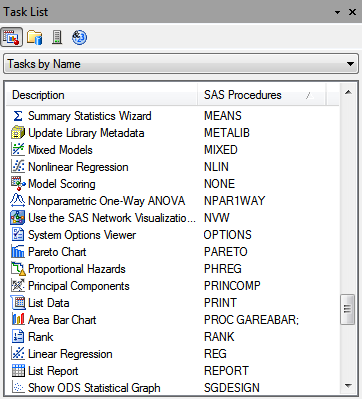
If you need to calculate the mean, sum, standard deviation, or frequency count for a variable, you'll find it pretty easy to accomplish in SAS Enterprise Guide. The corresponding tasks in the menus have names like "Summary Statistics" or "One-way Frequencies". Obvious, right? Often, researchers or students have a quest

Fire department operations are very complex, with multi-faceted missions that include not only fire prevention and suppression, but emergency response and fire inspections. These must be coordinated with area growth and development decisions, and water system management decisions. When a fire or an emergency occurs, the right equipment, with the right people,
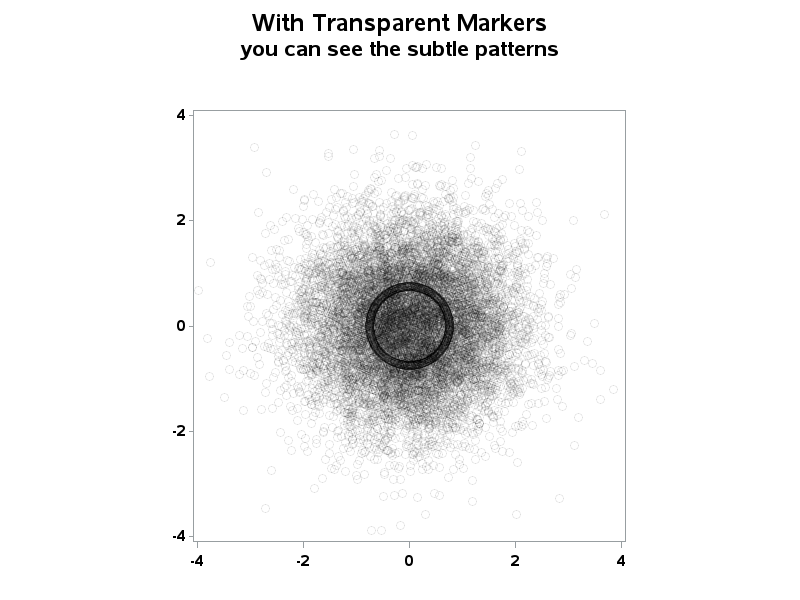
When working with "big data" you usually have too many points to view in a plot, and end up subsetting or summarizing the data. But now, in SAS 9.3, you have an alternative! For example, the following scatter plot of 10,000+ points is just a visual "blob": But using a new
When comparing results by category and group, putting the items to be compared close together usually leads to a graph that is easier to decode. Take the case of the data (simulated) shown below. Here we have population by age group and sex. To compare the population by sex, it is

We've introduced the topic of the Four E's and discussed the role of analytics in Enforcement and Engineering. Now let's delve into Emergency Response. A quick emergency response can make all the difference in saving the lives of crash victims. Many vehicles can now communicate directly with emergency responders immediately after
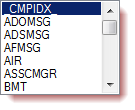
A SAS Professionals attendee and Twitter follower named Marco asks for help: ..struggling to find a method with custom tasks in EG to be able to list the datasets in a library, can you help please? Sure, no problem. This is easy-peasy-lemon-squeezy. First, make sure that you have a reference







